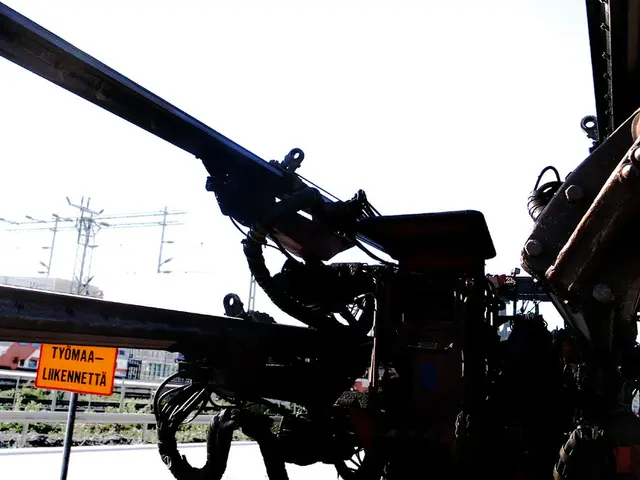Innovative fire-crafting tactics discovered from artifacts dated to 26,000 years ago shed light on how our ancient predecessors survived the Ice Age.
In the heart of the Ice Age, around 26,500 to 19,000 years ago, Homo sapiens demonstrated a remarkable adaptation to harsh conditions. Recent findings in Ukraine reveal that humans harnessed the power of fire not just for survival but also for environmental management.
Researchers, led by William Murphree, discovered three fireplaces from this coldest period of the Ice Age, known as the Last Glacial Maximum. These simple, flat, wood-fired hearths, found through advanced geoarchaeological techniques, show a significant use of fire by humans during this time.
The fires reached temperatures of more than 1112 degrees Fahrenheit, demonstrating a mastery of pyrotechnics in extreme conditions. The largest fireplace generated higher temperatures, suggesting a deliberate attempt to create intense heat.
The temperatures during this period dipped and remained between -16 to -4 degrees Fahrenheit. Despite the freezing conditions, humans used spruce wood to fuel the fires, providing warmth and a means for cooking.
The study, published in Geoarchaeology, sheds new light on our understanding of Homo sapiens during this time. However, the lack of other hearths found has left researchers questioning if evidence was destroyed by the freezing and thawing soil or if people did not use fire during this period.
Scientists are currently investigating whether bone or fat were used as fuel or if they were accidentally burned. The findings raise questions about this "puzzling" period of time when Homo sapiens might have innovated their methods to beat the cold.
It is clear that Homo sapiens during the Last Glacial Maximum utilized controlled fire extensively for warmth and cooking, developed fire-lighting technologies, and engaged in fire stewardship practices to manage their environment and resources effectively during the Ice Age.
Furthermore, technological innovations included the use of string made from bark fibers and eyed bone needles, facilitating the manufacture of tailored garments crucial for insulation against cold. These advances allowed the creation of fitted clothing, mats, baskets, and nets, further enhancing survival in cold climates.
The study suggests that Homo sapiens had a sophisticated understanding of fire technology. However, the question remains whether they relied on other technological solutions instead of fire during this period. As research continues, we may uncover more about the innovative strategies Homo sapiens employed to survive and thrive during the Last Glacial Maximum.
Read also:
- SpaceX's Starlink satellite internet service given approval for launch in Democratic Republic of Congo
- Shooting stars are exceptionally impressive under these conditions
- British firm Skyrora receives approval for domestic space launches from UK authorities
- LED-illuminated celestial display opens in Prague's new planetarium








